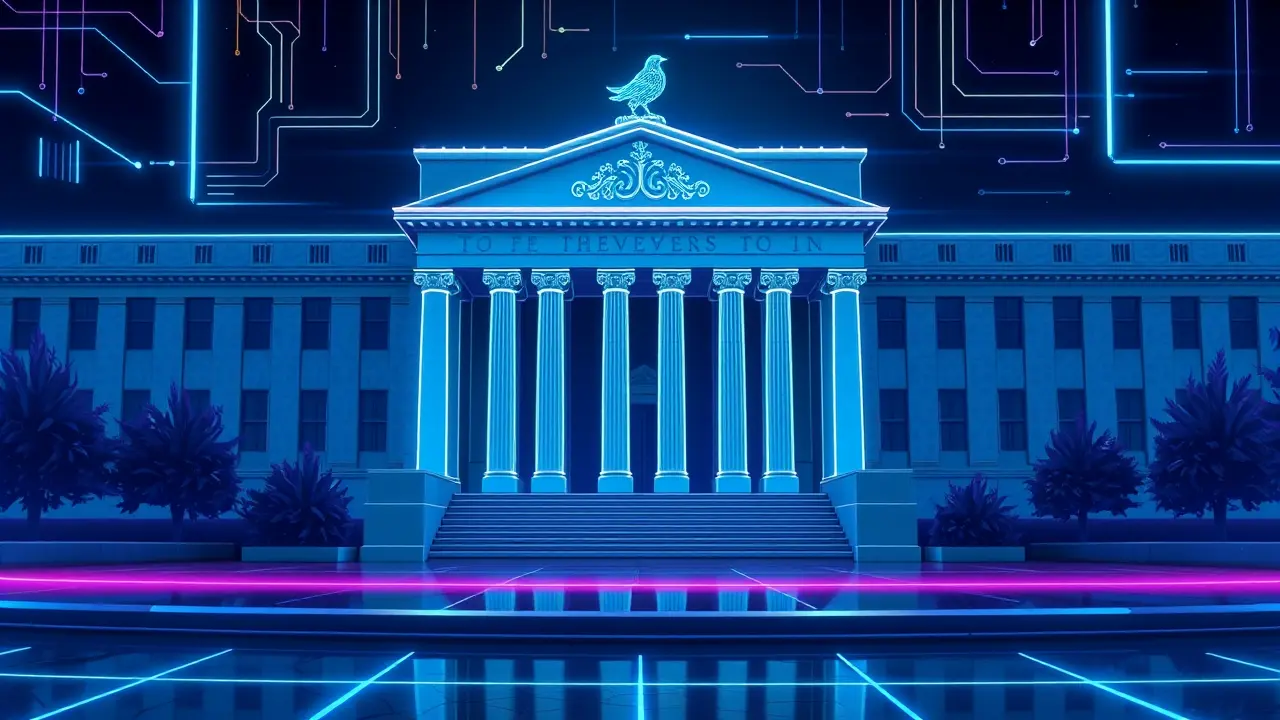
Financecentral banks
A ‘Skinny’ Fed Master Account Could Bring Back Narrow Banking
OL
Olivia Scott
1 month ago7 min read
The Federal Reserve’s quiet deliberations over granting 'skinny' master accounts—limited-purpose versions of the coveted accounts that provide direct access to its payment systems—are setting the stage for a seismic shift in the architecture of American finance, one that could inadvertently resurrect the century-old, and long-dormant, concept of narrow banking. For the uninitiated, a Fed master account is the financial world's golden ticket; it's the direct pipeline to the central bank's balance sheet, allowing institutions to settle transactions in real-time, bypassing the traditional commercial banking intermediaries.Historically, these have been the exclusive domain of chartered banks, but a new wave of fintech firms, crypto-native banks, and industrial loan companies are now knocking at the door, demanding entry. A 'skinny' account, as the name implies, wouldn't offer the full suite of services—think of it as a restricted pass, perhaps allowing for real-time settlement but not for accessing the Fed's discount window or holding a full range of reserves.This seemingly technical adjustment is far from trivial; it represents a fundamental philosophical pivot. By potentially granting these accounts to non-traditional entities, the Fed is blurring the lines that have separated banking from commerce for decades, effectively creating a two-tiered banking system.On one tier, you have the traditional, heavily regulated commercial banks that take deposits and make loans, their stability underpinned by FDIC insurance and the Fed's safety net. On the other, you could have a new class of institutions—payment-focused entities or even stablecoin issuers—that hold customer funds exclusively in safe assets, like Fed reserves or Treasury bills, and do not engage in traditional maturity-transforming lending.This is the very essence of narrow banking, a theoretical model where deposit-taking institutions are barred from risky lending, thus theoretically eliminating bank runs and insulating the payment system from credit risk. The idea has been debated in academic circles since the 1930s but was largely shelved as the modern fractional-reserve banking system, with its government backstops, became entrenched.Now, by creating a pathway for these 'narrow' entities to hold funds directly at the Fed, the central bank could be unwittingly building the plumbing for this system to emerge organically from the bottom up. The implications are profound.For consumers and businesses, it could promise unprecedented stability for their transactional balances—imagine a digital wallet backed 1:1 by Fed reserves, completely immune to the kind of Silicon Valley Bank-style collapse that rocked markets last year. The appeal is undeniable in a world still wary of bank solvency.For the traditional banking sector, however, it poses an existential threat. If large corporations and wealthy individuals can park their cash in what is effectively a risk-free, government-backed digital vault at the Fed, why would they leave significant sums in a commercial bank account yielding lower interest? This could lead to a massive, structural disintermediation of the banking system, siphoning off the low-cost deposits that form the bedrock of bank lending.The credit engine of the American economy, which relies on banks transforming short-term deposits into long-term loans, could sputter. The Fed finds itself in a policy trilemma: it wants to foster innovation and make the payment system more resilient and inclusive, but it must also consider the stability of the existing banking model and its own role as lender of last resort.Would a narrow bank have access to the discount window in a crisis? If not, what happens if there's a operational failure or a loss of confidence? If so, does that simply recreate the moral hazard it was meant to avoid? The debate is further complicated by the rise of stablecoins, whose proponents argue that a Fed-backed narrow banking system is the only way to ensure their stability and protect consumers. The path the Fed chooses will not just be a regulatory decision; it will be a definitive statement on the future of money, credit, and the very structure of the financial system for the 21st century, forcing a reckoning with a question we thought was settled long ago: what, in the end, is a bank?.
#featured
#Federal Reserve
#master accounts
#narrow banking
#fintech
#banking regulation
#monetary policy
Stay Informed. Act Smarter.
Get weekly highlights, major headlines, and expert insights — then put your knowledge to work in our live prediction markets.
Related News
Comments
Loading comments...
© 2025 Outpoll Service LTD. All rights reserved.